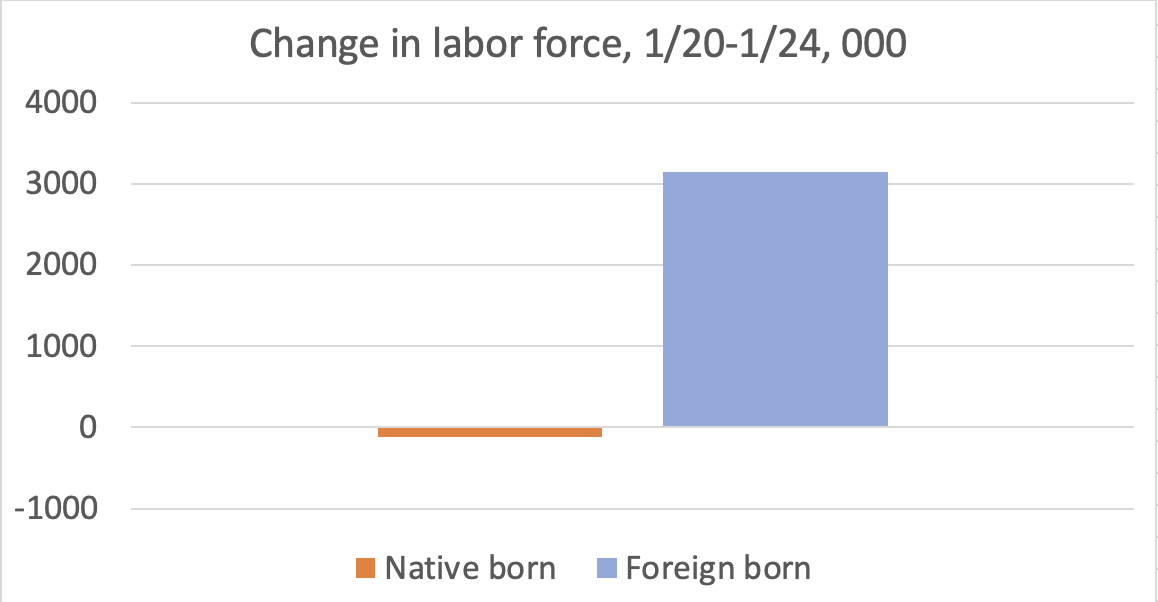So Trump does think China is just like Mexico, and can be bullied into concessions 1/ washingtonpost.com/business/2019/…
Worth keeping some numbers in mind. Chinese exports to the US ~ 4% of GDP. Because they contain a lot of imported content, value-added in these exports not much more than 2% of Chinese GDP. 2/
China has shown itself very capable of providing fiscal and monetary stimulus when it wants, even if there are some troubling long-run consequences. So it can easily — easily — offset the negative demand effect of Trump's trade war 3/
Some sectors and regions will be hit hard, but Xi doesn't need to win the electoral college. Trump's confidence that he can "win" a trade war basically rests on ignorance and innumeracy 4/
• • •
Missing some Tweet in this thread? You can try to
force a refresh













